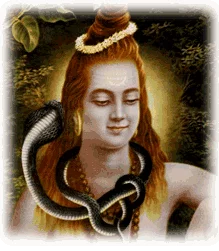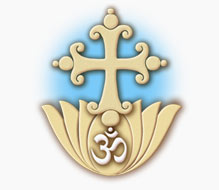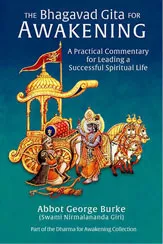
This is a selection from The Yoga Sutras for Awakening, a commentary on the Yoga Sutras of Patanjali. We hope to publish this book in the coming year.
Yoga Sutras 2:33. When the mind is disturbed by improper thoughts [vitarka] constant pondering [bhavanam] over the opposites [pratipaksha] (is the remedy).
Not only is the common interpretation of this incorrect, so is this translation. Vitarka simply means thought in the sense of all kinds of intellectual occupation. There is no connotation of either positive or negative thought, but rather intrusive or distracting thoughts–which effect is negative, but good thoughts are harmful if they arise at the wrong time.
Pratipaksha means that which opposes–not that which is opposite in character. And bhavanam means filling the mind with something. Therefore it should be rendered:
“When there is disturbance or oppression by thought, the mind should be filled with (or fixed on) that which opposes it.”
Correcting a misunderstanding
It is a complete misunderstanding to think this verse means that we should bring to mind things of a kind that are seemingly opposite to the character of the thoughts that are cluttering our minds. I say “seemingly” because the dualities–dwandwas, the “pairs of opposites” such as pleasure and pain, hot and cold, light and darkness, gain and loss, victory and defeat, love and hatred–are not two, but one, like the two sides of a coin. So thinking of one to counteract the other–such as thinking of generosity to combat selfishness–is worthless, for each are inherent in the other.







